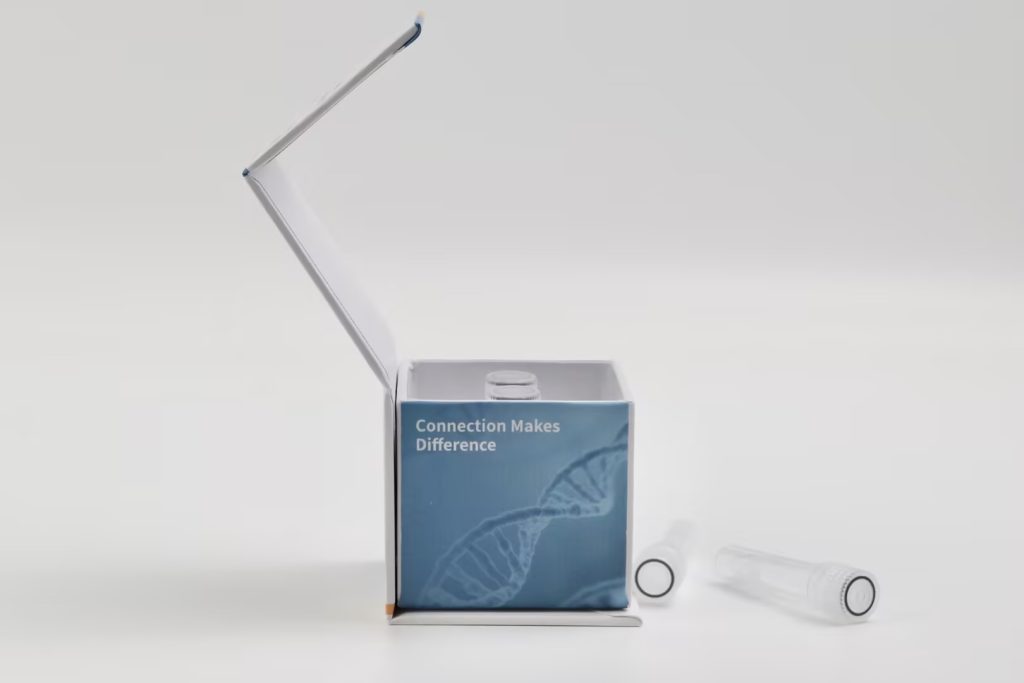In the process of screening protease inhibitors, a series of common problems may be encountered, which involve multiple aspects such as experimental design, operational details, and data analysis. Here are some common problems and their solutions:
one、 common problem
1. Unclear selection of target protease:
Problem description: The specific type and characteristics of the target protease were not clearly defined before screening, resulting in unclear screening direction.
Solution: Before screening, it is necessary to thoroughly investigate the structure, function, and mechanism of action of the target protease in the disease to ensure that the screening target is clear and specific.
Inaccurate evaluation of inhibitor activity:
Problem description: Improper experimental methods or inadequate control of experimental conditions for enzyme activity inhibition have resulted in inaccurate results of inhibitor 2 and activity evaluation.
Solution: Adopt experimental methods with high sensitivity and strong specificity, such as fluorescent substrate method or radioactive isotope labeling method. Meanwhile, strictly control the experimental conditions to ensure the accuracy and reproducibility of the experimental results.
3. Poor selectivity:
Problem description: The selected inhibitors have weak selectivity towards the target protease and may have inhibitory effects on other non target proteases.
Solution: Introduce multiple non target proteases as controls during the screening process to evaluate the selectivity of inhibitors. Meanwhile, utilizing structure based drug design methods to optimize inhibitor structures and improve their selectivity.
3. Poor stability of inhibitors:
Problem description: Inhibitors have insufficient stability in vivo or under experimental conditions, resulting in reduced or ineffective efficacy.
Solution: Pay attention to the stability evaluation of inhibitors during the screening process and select compounds with good stability for subsequent research. Meanwhile, the stability of inhibitors can be improved through methods such as chemical modification.
4. Difficult to control experimental conditions:
Problem description: It is difficult to accurately control conditions such as temperature and pH during the experimental process, which affects the experimental results.
Solution: Adopt advanced experimental equipment and automated control systems to ensure precise control of experimental conditions. At the same time, strengthen the training and management of experimental personnel, and improve the standardization and accuracy of experimental operations.
6. Complex data analysis:
Problem description: The screening process generates a large amount of data, and data analysis is complex and time-consuming.
Solution: Introduce advanced data analysis software and algorithms to improve the efficiency and accuracy of data analysis. At the same time, strengthen the training and guidance of data analysts to ensure the reliability and scientificity of data analysis results.
two、 Solution Overview
1. Clear screening objectives: Conduct thorough research on the characteristics of the target protease before screening to ensure a clear screening direction.
2. Optimize experimental methods: Choose experimental methods with high sensitivity and strong specificity, and strictly control experimental conditions.
3. Improve selectivity: Introduce multiple non target proteases as controls to evaluate the selectivity of inhibitors; Optimize inhibitor structures using structure based drug design methods.
4. Enhance stability: Pay attention to the stability evaluation of inhibitors during the screening process; Improve the stability of inhibitors through chemical modification and other methods.
5. Precise control of experimental conditions: using advanced experimental equipment and automated control systems; Strengthen the training and management of experimental personnel.
6. Simplify data analysis: introduce advanced data analysis software and algorithms; Strengthen training and guidance for data analysts.
The implementation of the above solutions can effectively solve common problems encountered in the screening process of protease inhibitors, improve screening efficiency and success rate.
September 5, 2024
Common problems and solutions in protease inhibitor screening
Share on:
Facebook
Twitter
Pinterest
WhatsApp
Recent posts
We recommend


